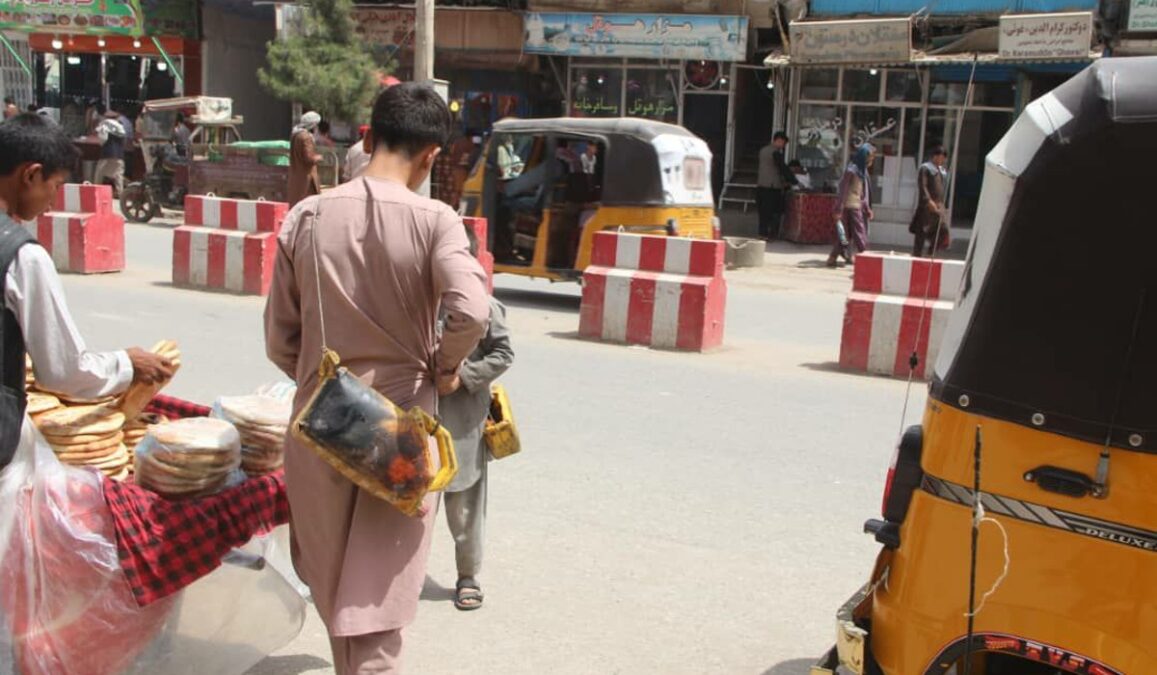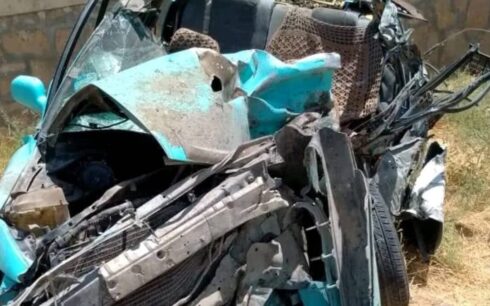The British government paid out just $1,880 (£1,656) on average for each child killed following actions by UK forces between 2006 and 2014 in Afghanistan.
Anew study by Action on Armed Violence (AOAV) released Tuesday, states between 2006 and 2014, there were 64 confirmed child victims in Afghanistan where the British military paid compensation, although the number of children killed could be as high as 135.
Even the lower number is four times more than previously thought, since prior documents released by the United Kingdom’s Ministry of Defence (MOD) had only revealed 16 confirmed child fatalities.
According to the AOAV report, subsequent Freedom of Information (FOI) requests reveal the MOD had not included an additional ‘Notes’ column within the claims database.
Access to this has provided far more information on hundreds of sparsely detailed fatality compensation cases, AOAV reported.
An analysis of these compensation payments shows that, between April 2007 and December 2012, there were 38 incidents involving 64 confirmed child fatalities where the relatives of the children were paid compensation following UK military engagements.
These incidents specifically involved the mention of a child or the listing aged under 18.
However, AOAV stated that if one includes descriptions of the dead such as ‘son’, ‘daughter’ or ‘nephew’, the number of children impacted could be as high as 135 in some 47 incidents.
In total, some 164 people (adults and children) were killed in attacks involving confirmed or suspected children, AOAV reported.
However, the report states there is no evidence that there was a deliberate targeting of civilians or children by the British military and that these tragedies were a consequence of poor targeting, over-use of heavy weaponry or fighting in populated areas.
The report also stated there was not enough evidence given by the MOD to detail the circumstances of each death.
AOAV stated the average age of a child killed during British military operations, where an age was given, was six years old.
The report noted that an age was given in some 27 recorded and compensated deaths.
The youngest child was a one-year-old, the oldest was 15.
The report however pointed out that no child (especially male) was aged 16, 17 or 18 which raises the question as to whether any male teenager killed in fighting in Helmand would have been seen as a combatant.
AOAV stated the youngest recorded victim was a one-year-old baby boy killed in March 2009. In September of the same year, an 18-month-old girl was also killed in Nad Ali district in Helmand.
Both were killed alongside their mother and just over £3,000 was paid for their deaths.
Where the child’s age was recorded, 41% of the confirmed 64 child victims following British Forces’ attacks were aged 10 or younger; 22% were five and younger at the time of their death.
The report stated that crossfire and airstrikes were the two most common specified causes of death, raising questions about the rules of engagement deployed by the British military in Helmand during that time.
Some 68 of the 135 confirmed and suspected child deaths were from air-strikes, constituting some 50% of all deaths.
Thirty of the 135 confirmed and suspected child deaths were from small arms fire, such as cross-fire. These made up 22% of all deaths.
In one December 2009 case, four children were shot dead by British forces whilst they were battling the Taliban in Bolan Dasht in Nad Ali. AOAV stated that notes from the case file show the father received the equivalent of £4,224 – just over £1,000 per dead child.
According to AOAV, the total pay-out for the incidents involving confirmed child fatalities was £144,593, although this total includes other adults killed.
AOAV stated that the total fatality figures are only a fraction of those killed by British forces as data only captures those Afghans who knew about and were capable of going through the arduous compensation process.
The UK’s engagement in Afghanistan peaked around 2010 but even after Britain’s formal end to combat operations in 2014, the children of Afghanistan continued to suffer.
Between 2016 and 2020, there were 785 children confirmed killed, and 813 children injured by US and Afghan aerial bombardments, meaning children made up 40% of the total civilian casualties during this period, according to UN data.
Iain Overton, Executive Director of Action on Armed Violence, said of the findings that “this report hopes to give some details to the often-forgotten children killed in war and, in some way, to send a warning to future Westminster politicians who might consider sending troops into battle.”





